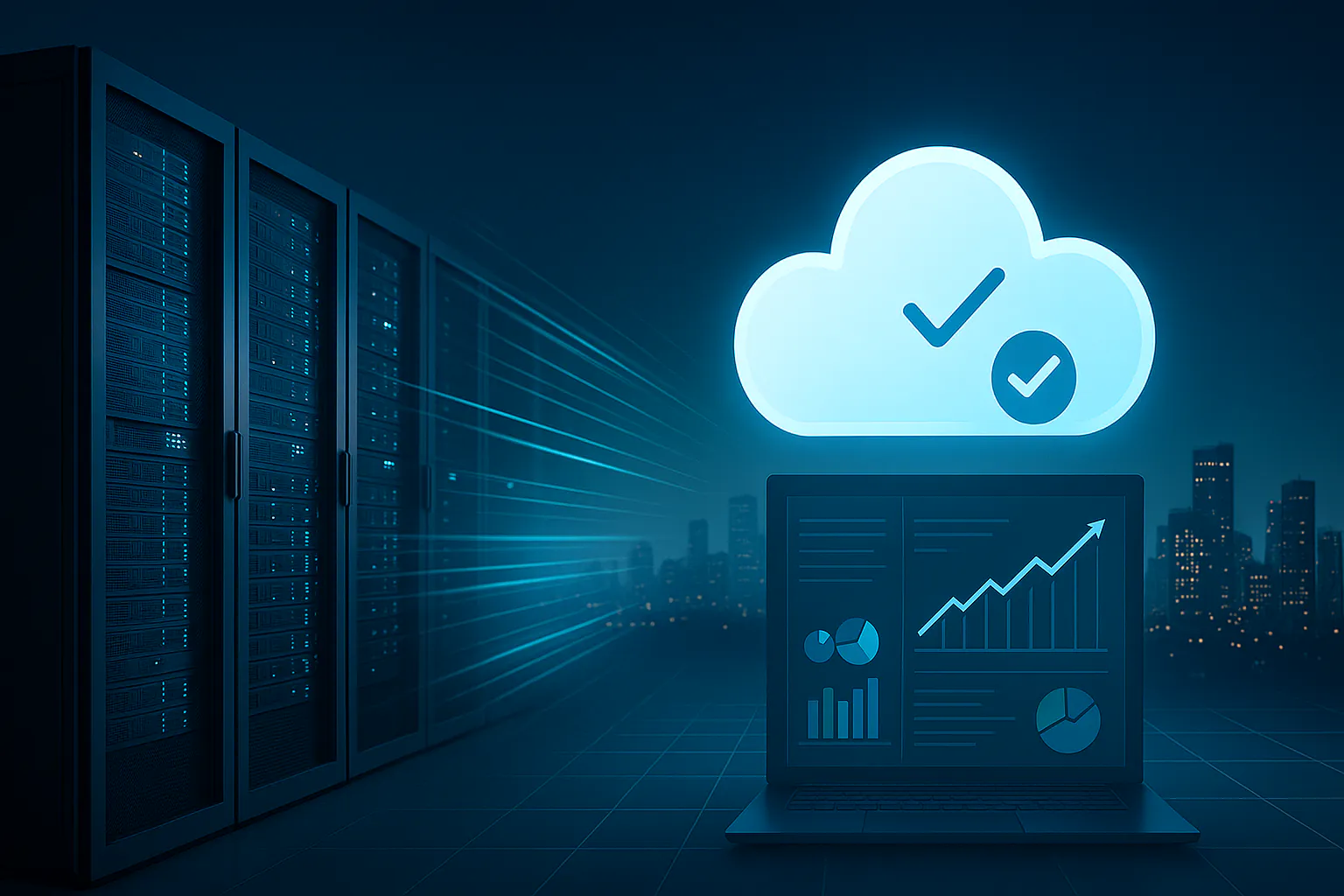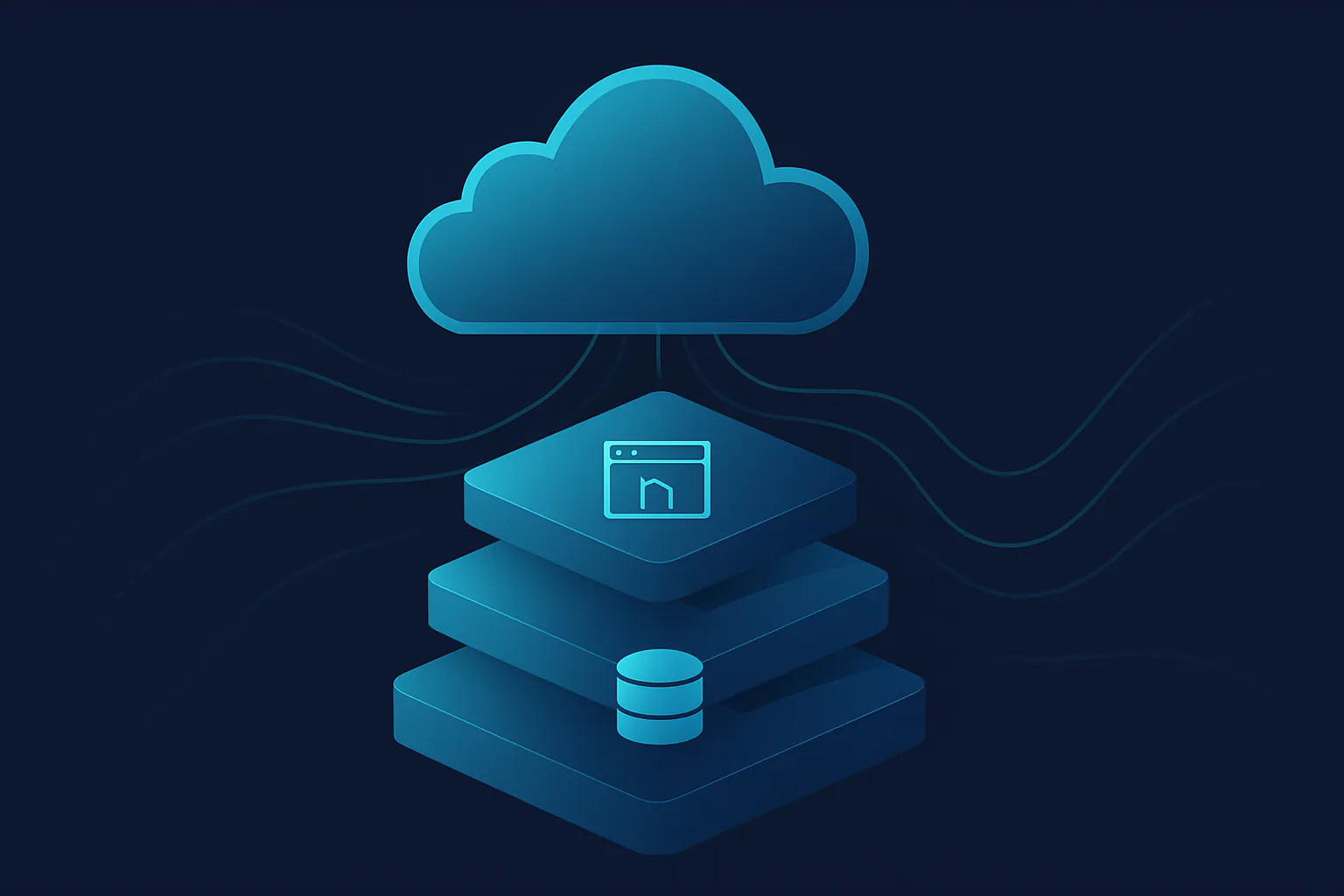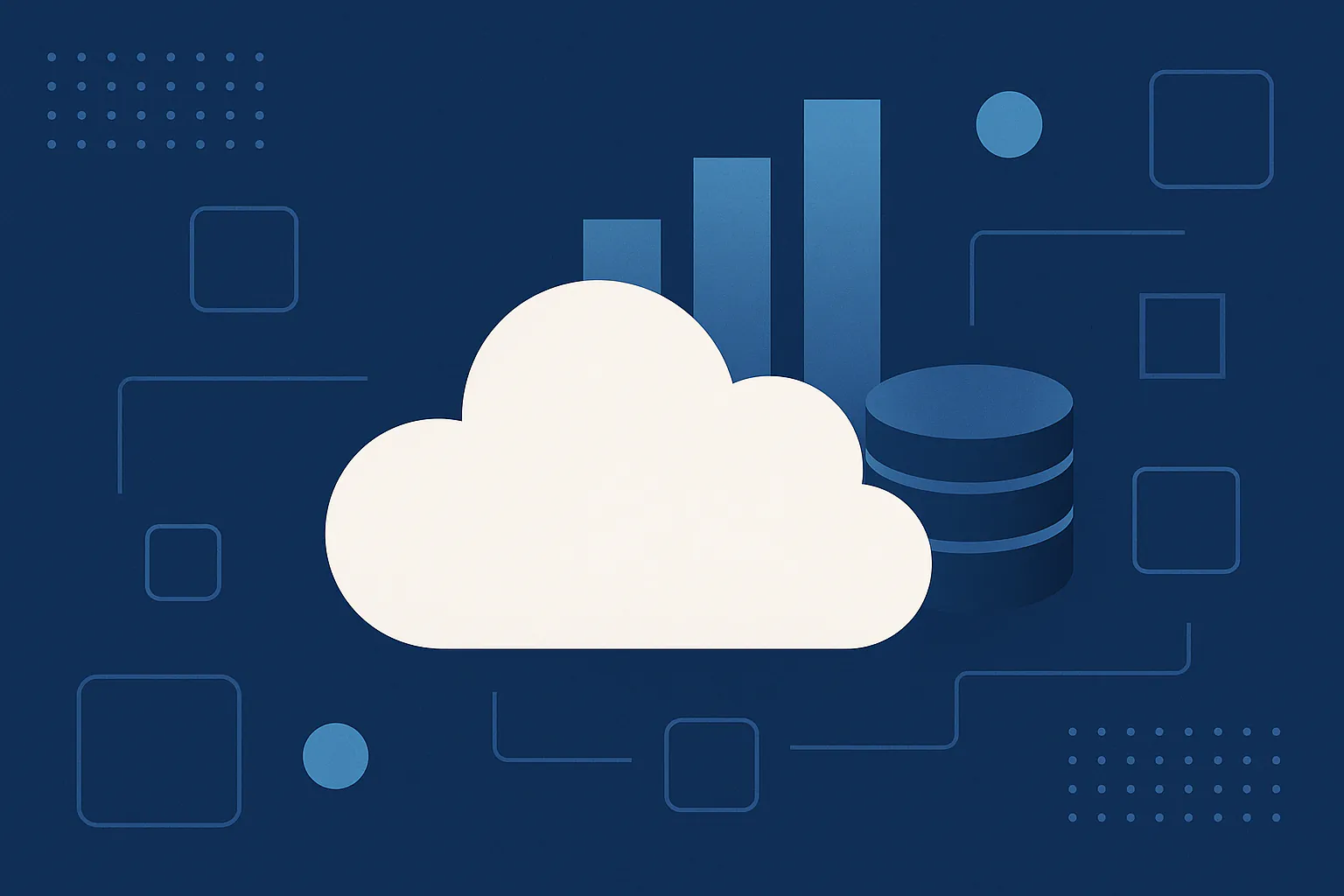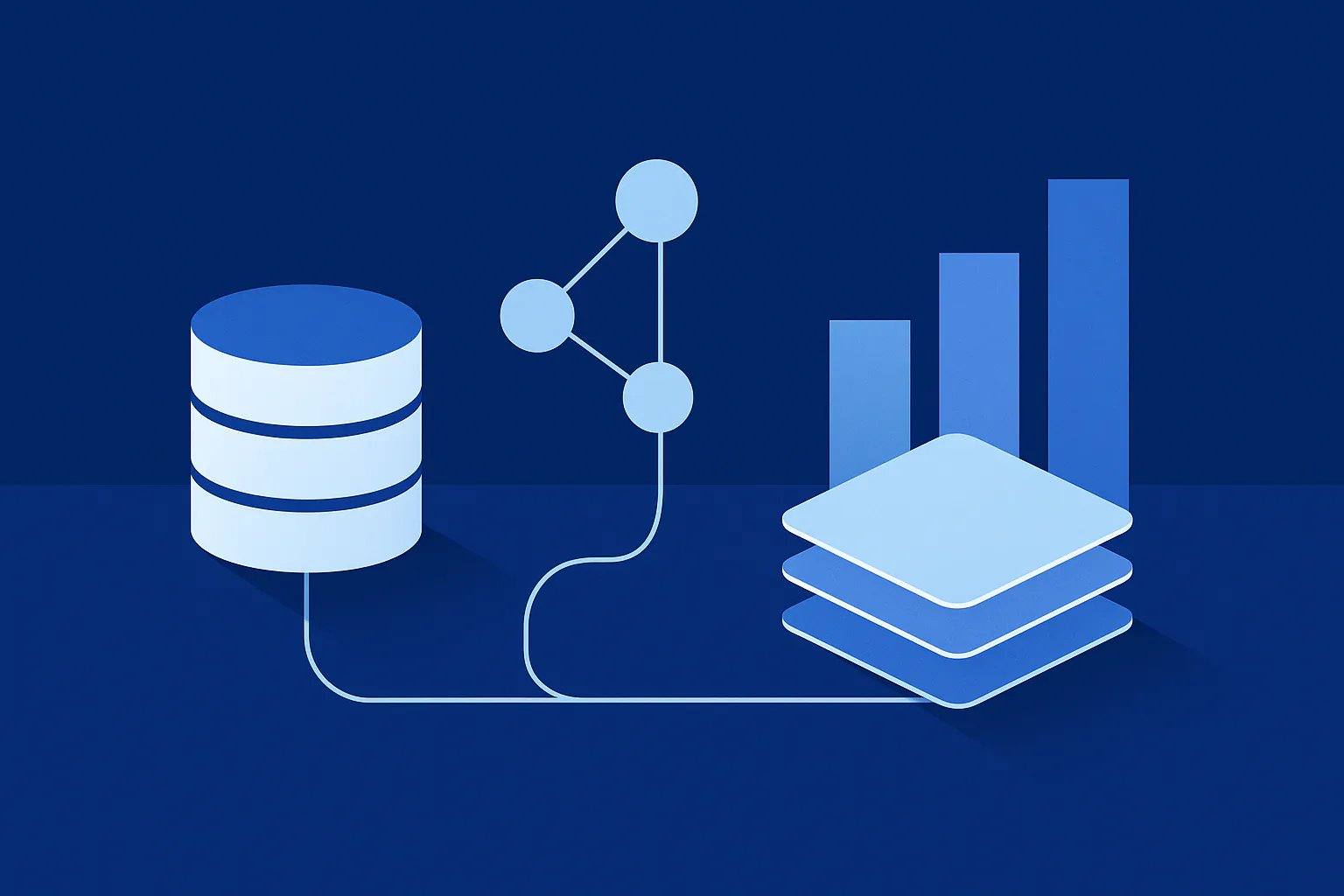Cloud Application Migration Solution That Scales With You
Key Takeaways
- A clear cloud application migration solution with wave-based planning, landing zones, and clean cutovers keeps work moving while risk stays low.
- YTG’s team modernizes as we move, so you can migrate legacy applications to cloud, trim fragile code, and use Azure managed services with CI and automated testing.
- Costs and security are planned upfront, with right-sized resources, budget guardrails, and monitoring that make spend and performance easy to track.

Modernizing how your systems run should not feel like ripping out the floorboards while people are still working. A strong cloud application migration solution gives you a clear plan, clean cutovers, and fewer surprises. At Yocum Technology Group, we plan and execute migrations to Microsoft Azure, then help you modernize applications with .NET and disciplined DevOps so your stack is faster, safer, and easier to evolve.
What You Get With YTG
You get a senior-led team that has been moving apps and databases to the cloud since 2014. We pair migration planning with application modernization so you are not just moving servers, you are improving how the software works. That mix is the difference between a costly lift and a lasting upgrade.
- Azure-first architecture, including networking, identity, and cost controls.
- Proven modernization paths, from rehost to refactor to replatform.
- DevOps practices for CI, automated testing, and reliable releases.
If you want a Cloud Migration Expert to review your environment and sketch a path that fits your budget and timeline, contact us here!
Readiness First: What To Assess
A calm migration starts with a short, focused assessment. We look at:
- Workloads and dependencies. Inventory apps, data stores, batch jobs, and external integrations. Map what talks to what.
- Modernization candidates. Some services move as is, others need refactoring to remove brittle code or legacy frameworks.
- Security and compliance. Identity, encryption, network boundaries, and logging need to be defined before anything moves.
- Cost and sizing. Right-size compute and storage, set budgets, and enable cost alerts on day one.
This quick pass gives you a realistic scope and a backlog that feeds the migration plan.
A Practical Cloud Application Migration Solution
Here is the pattern we use most often for seamless cloud migration:
- Plan by waves. Group applications by dependency and business risk. Cut scope into two to four waves so you can deliver value sooner and reduce blast radius.
- Build landing zones. Stand up Azure subscriptions, networks, identity, and guardrails before the first move.
- Modernize where it pays. Rehost low-risk services. Refactor code that blocks reliability, security, or scale. Replatform data to managed services when it cuts cost and toil.
- Automate the pipeline. Use CI, automated tests, and infrastructure as code so every change is repeatable.
- Cut over cleanly. Use blue-green or canary releases, run data syncs, and plan a timed switch with rollback.
- Harden and tune. After go-live, enable monitoring, right-size resources, and review costs in the first month.
Where AI And Automation Help
Automation removes guesswork. Run infrastructure as code for consistent environments. Add automated tests for the high-traffic paths of each app. Use monitoring with simple SLOs so you can see when performance drifts. YTG also builds AI and automation solutions that integrate with your stack to reduce manual work after the move.
How To Migrate Legacy Applications To Cloud
Legacy systems often carry hidden dependencies and technical debt. Our approach keeps risk down:
- Stabilize first. Fix failing jobs, add logging, and capture performance baselines.
- Shrink the blast radius. Carve the application into deployable pieces, starting with low-risk services. Refactor hard-coded file paths, outdated auth, and blocking libraries.
- Move data with care. Choose the right managed database or storage service. Plan migration windows and validation checks.
- Prove it with a pilot. Migrate one vertical slice, run it under load, and validate user flows. Then scale out by wave.
That sequence turns migration legacy applications to cloud from a scary event into a measured series of improvements.
Costs: What Changes And Why
Cloud spend is not magic. It is predictable when you model it, right-size, and set guardrails.
- Upfront costs. Assessment, landing zones, and any needed refactoring.
- Ongoing costs. Compute, storage, networking, observability, and backups.
- Savings over time. Less hardware upkeep, fewer outages, faster releases, and managed services that free your team from low-value maintenance.
YTG builds a basic cost model during planning, then revisits it after each wave to keep your budget on track.
Why YTG For Migration And Modernization
You want Cloud Migration Experts who can move systems without slowing the business. YTG has delivered cloud migration, application modernization, and custom software on Azure and .NET for over a decade. The same team that moves your workloads can also improve them, which keeps handoffs minimal and momentum high.
See our Cloud Migration and Modernization services
Where You Go From Here
A cloud application migration solution should lower risk, cut toil, and speed up delivery. When you combine smart planning, the right level of modernization, and automation, you get seamless cloud migration and better software, not just new hosting. If you want an experienced Cloud Migration Expert to map your path, YTG is ready to help.
About the Author
Tim Yocum leads Yocum Technology Group, a veteran-owned Microsoft partner focused on Azure migration and modernization. He sets direction for cloud strategy and complex delivery, helping organizations move and modernize critical applications with strong governance, cost control, and measurable business results. With 20+ years in software and architecture, he pairs technical depth with clear, executive-level decision making.




